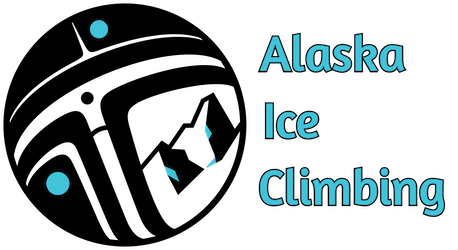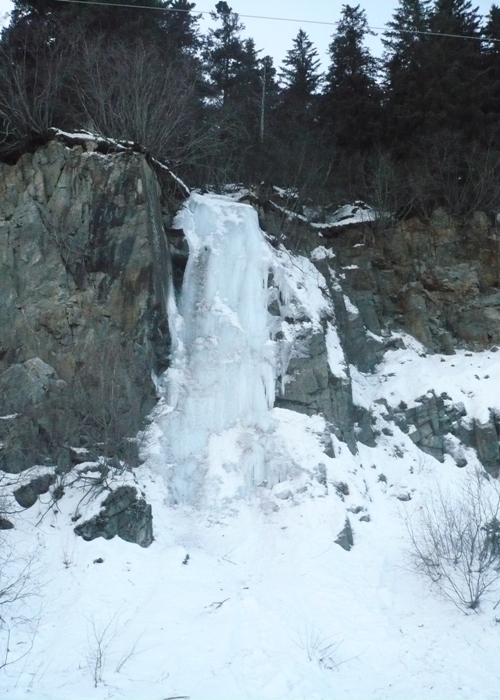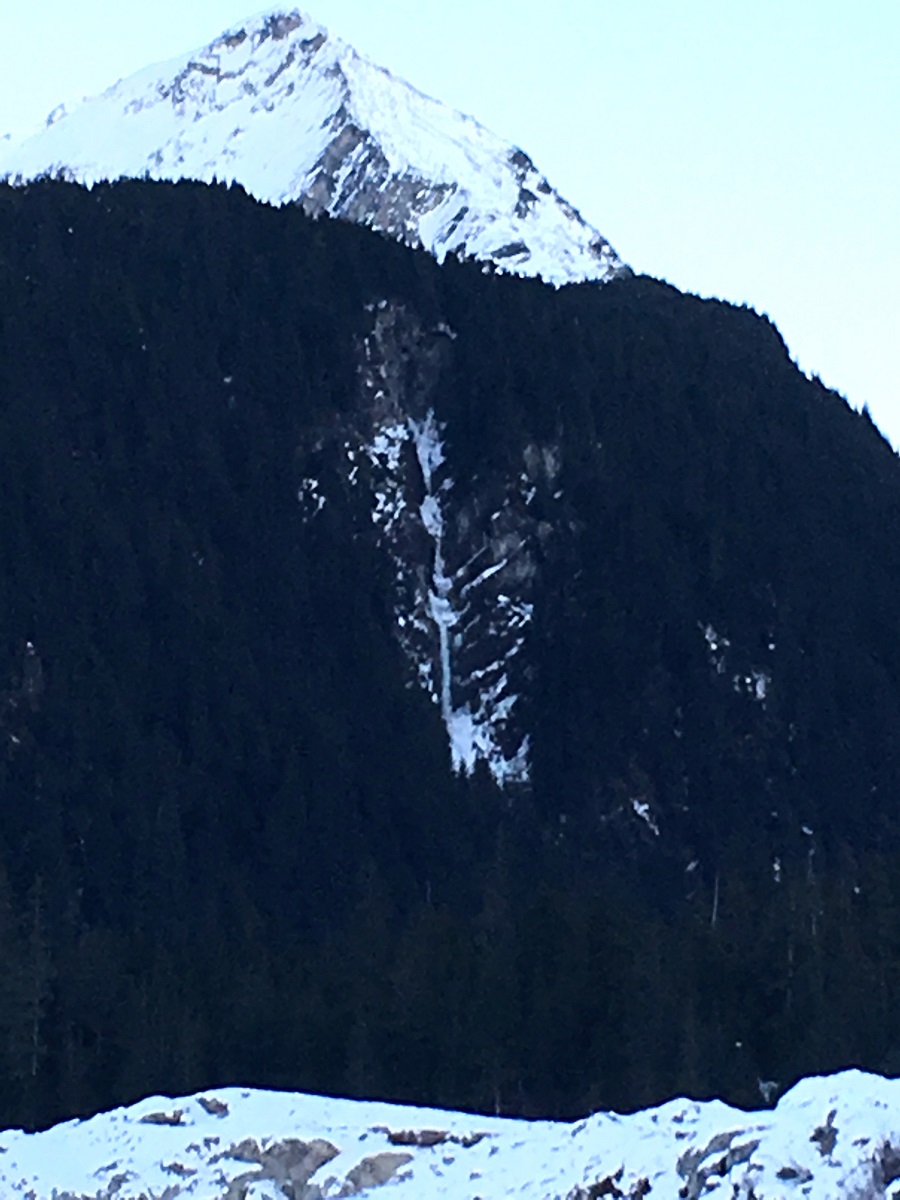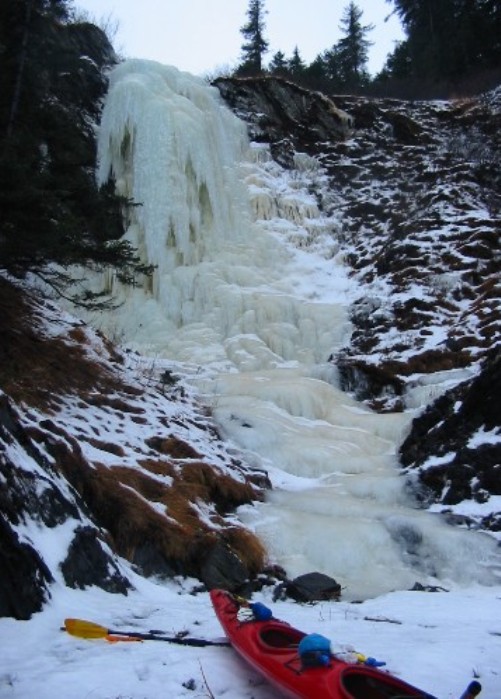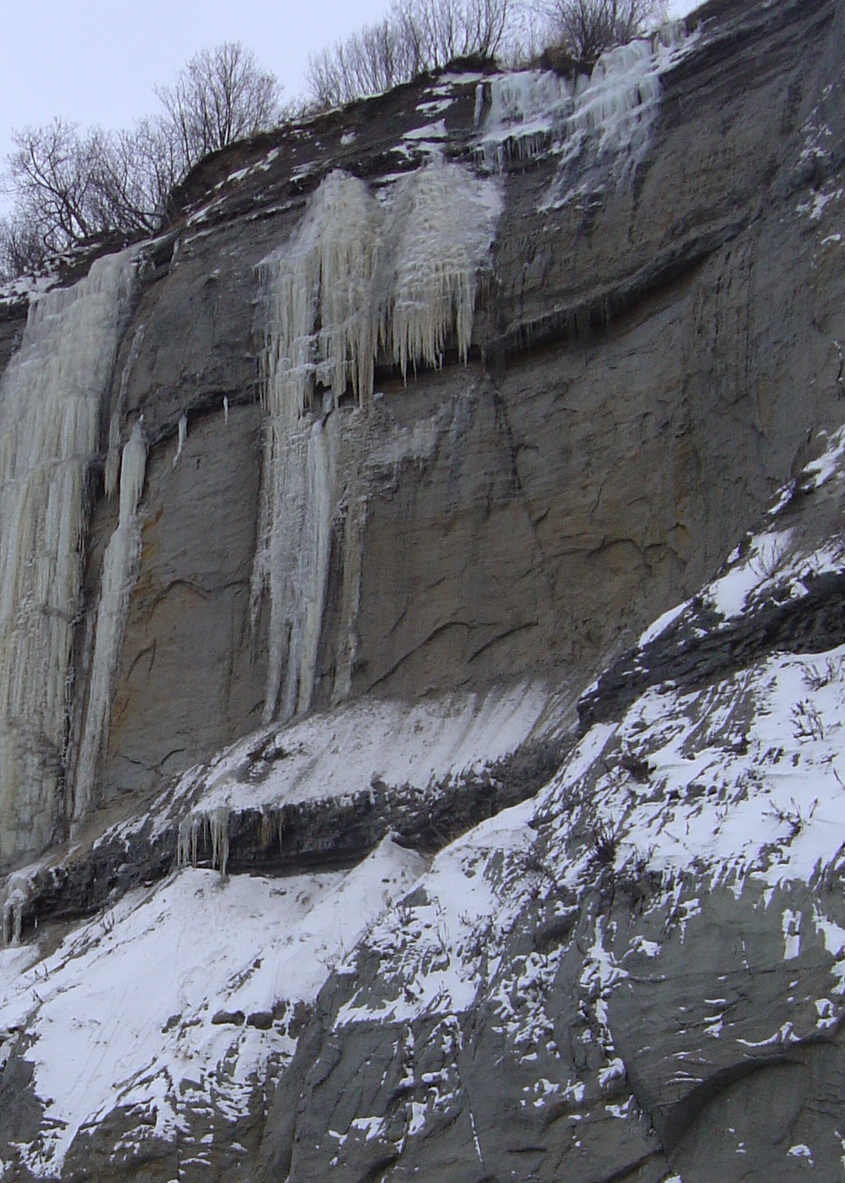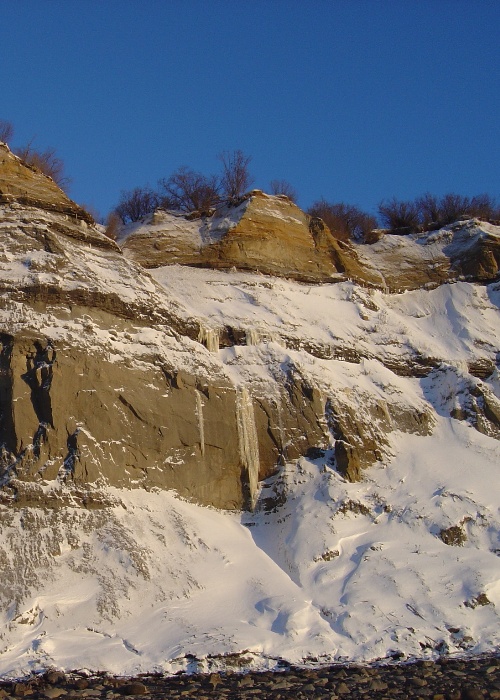Rating:
Length:
If the ice isn’t in on the Homer Bluffs, chances are you may find some at Ninilchik Beach. Ice pillars located both above and below the mouth of the Ninilchik River offer an array of medium length, yet challenging pillars of sometimes overhung ice. If moderate climbing is your thing, give this area a second look as there are plenty of fat WI3-4 routes, you just have to walk the beach and search for them.
These routes vary in difficulty just as much as they do in color (everything from black to yellow to blue). For those looking to climb low angle ice, there is plenty. For those looking to climb overhung, thin cicles, this is the place. Whatever the case, bring spectres if you want to keep your screws sharp because much of the ice in this area tends to house a good amount of sand. Also, be ready to make your own anchor should you top out. Route lengths vary, but having two ropes (for the rappel in) is a good idea.
(Note: Similar to the Homer Bluff, this ever changing and eroding area is difficult to learn when comparing the routes in the Fat City and Urban Ice guidebook; therefore, at this time Alaskaiceclimbing.com has provided only approach and a bit of route information. If you wish to learn more about this area we suggest studying the Fat City and Urban Ice guidebook which you should be able to find at your local library…in Alaska. Alaska Mountaineering and Hiking may also have a copy, but you must review it in the store as this book is now out of print.)
FA:
Anchor:
 ALERT: Do not get caught in the tide. Make sure you are aware of the current tides in the Ninilchik area as water levels do rise to the base of the ice on most routes.
ALERT: Do not get caught in the tide. Make sure you are aware of the current tides in the Ninilchik area as water levels do rise to the base of the ice on most routes.
![]() ALERT: This route is on private property and a sign has now been posted indicating that it is illegal to climb this route.
ALERT: This route is on private property and a sign has now been posted indicating that it is illegal to climb this route.